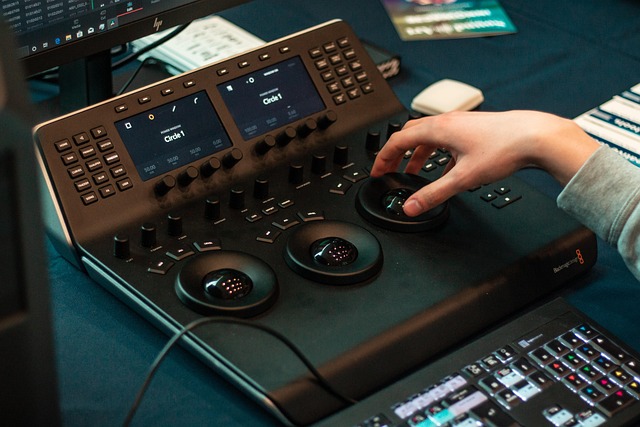The rapid evolution of display technology has transformed how we experience visual content, making it ever more important to understand downscaling techniques. As viewers demand higher quality images from their TVs and monitors, manufacturers actively seek innovative methods to enhance their visualization technologies.
Downscaling, namely the process of reducing the resolution of an image, plays a crucial role in maintaining the high fidelity of displays while ensuring that they perform optimally across various devices. With the advent of 4K and 8K displays, we often encounter challenges with older content that doesn’t match these ultra-high-definition standards. Here, downscaling steps in as a vital process, converting high-resolution images into formats suitable for displays without sacrificing quality.
Advanced algorithms and techniques make this possible. For instance, techniques like Lanczos resampling and bilinear interpolation ensure that as images are downscaled, they retain as much detail and clarity as possible. Each pixel counts, and the meticulous approach to resizing graphics enables a seamless viewing experience regardless of the source material.
In the realm of TVs, downscaling allows users to stream movies and shows that might not be available in higher resolutions. Imagine watching an old classic preserved in crisp detail, thanks to sophisticated downscaling technology that breathes new life into familiar scenes. This preservation of visual integrity is a testament to the progress in display technology, highlighting how downscaling bridges the gap between past and present visual experiences.
Not limited to just television, monitors also benefit greatly from these techniques. Gamers, graphic designers, and content creators rely on high-performance displays that can scale effortlessly with diverse content types. The adaptability showcased in downscaling allows different resolutions to coexist, ensuring that users experience immersive visuals regardless of the original content’s quality.
Moreover, the rise of streaming services has demanded that devices efficiently handle a variety of resolutions. Whether it’s binge-watching a series on a 4K TV or playing games on a high-refresh-rate monitor, downscaling ensures that the content adapts without a hitch. This dynamic capability allows consumers to enjoy their favorite media across devices without compromising on the emotional impact of the visuals.
Interestingly, the relationship between downscaling and display technology extends beyond mere technicality. There’s an artistic side to visualization that shapes our perception of imagery. When content is downscaled, the viewer might experience a rich tapestry of colors and details reminiscent of a canvas painting, where the intricacies blend together, creating a beautiful yet simplified portrait of the original scene.
As the industry continues to innovate, the future of downscaling in imaging looks promising. Ongoing advancements in machine learning and artificial intelligence are paving the way for even smarter algorithms, which will likely lead to more sophisticated downscaling techniques. This evolution is not just about minimizing pixel count but enhancing the viewer’s experience by providing stunning representations of media, where every frame tells a story.
In essence, downscaling is revolutionizing the way we visualize images on TVs and monitors. As viewers, we’re not just consuming content; we’re participating in a dialogue between technology and artistry. Embracing these advancements invites us to explore how far we’ve come and where we’re headed in our quest for visual perfection.


